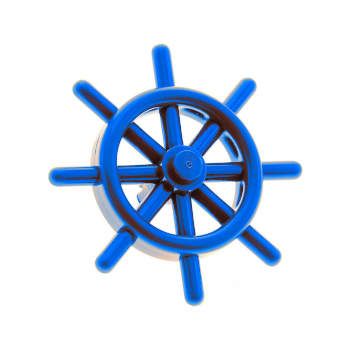-
Kubernetes: cannot delete Pods with local storage
2 min read

While draining a node it might fail with the message cannot delete Pods with local storage as follows:
$ kubectl drain tycho.pet2cattle.com --ignore-daemonsets node/tycho.pet2cattle.com already cordoned error: unable to drain node "tycho.pet2cattle.com", aborting command... There are pending nodes to be drained: tycho.pet2cattle.com error: cannot delete Pods with local storage (use --delete-emptydir-data to override): spinnaker-ampa/spin-rosco-658fdb4694-v99jt02/08/2021
Read more... -
How to use the Datadog Python Library to send custom metrics
3 min read
Using the Datadog Python Library we can very easily inject metrics into Datadog. These metrics will fall into the "custom metrics" category. Let's check the python code needed to do so:
16/07/2021
Read more... -
Kubernetes: Exposing a service listening to localhost using socat
2 min read

On Kubernetes, if we want to publish a port that it's listening just to localhost without having to modify the container image we can create another container image to work as a TCP proxy using socat
15/07/2021
Read more... -
Conditional expressions in helm
2 min read

Maybe one of the main challenges about helm is the complexity of it's template rendering engine: It's not very intuitive
14/07/2021
Read more... -
openssl: How to check that a certificate matches a private key
2 min read
If we try to install a certificate on a service but we install an incorrect private key, the service will fail, most likely, with some cryptic message. But, how do we make sure that a certificate has been generated using the correct private key? Checking the modulus of each one can help verifying this
13/07/2021
Read more...